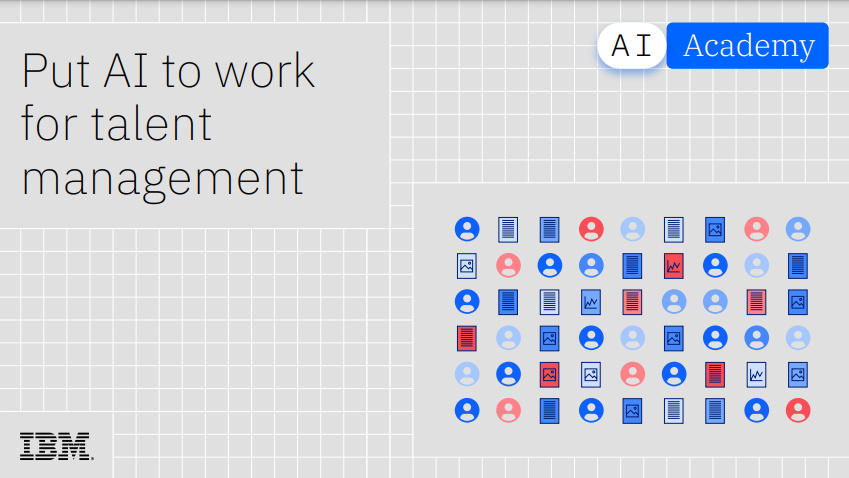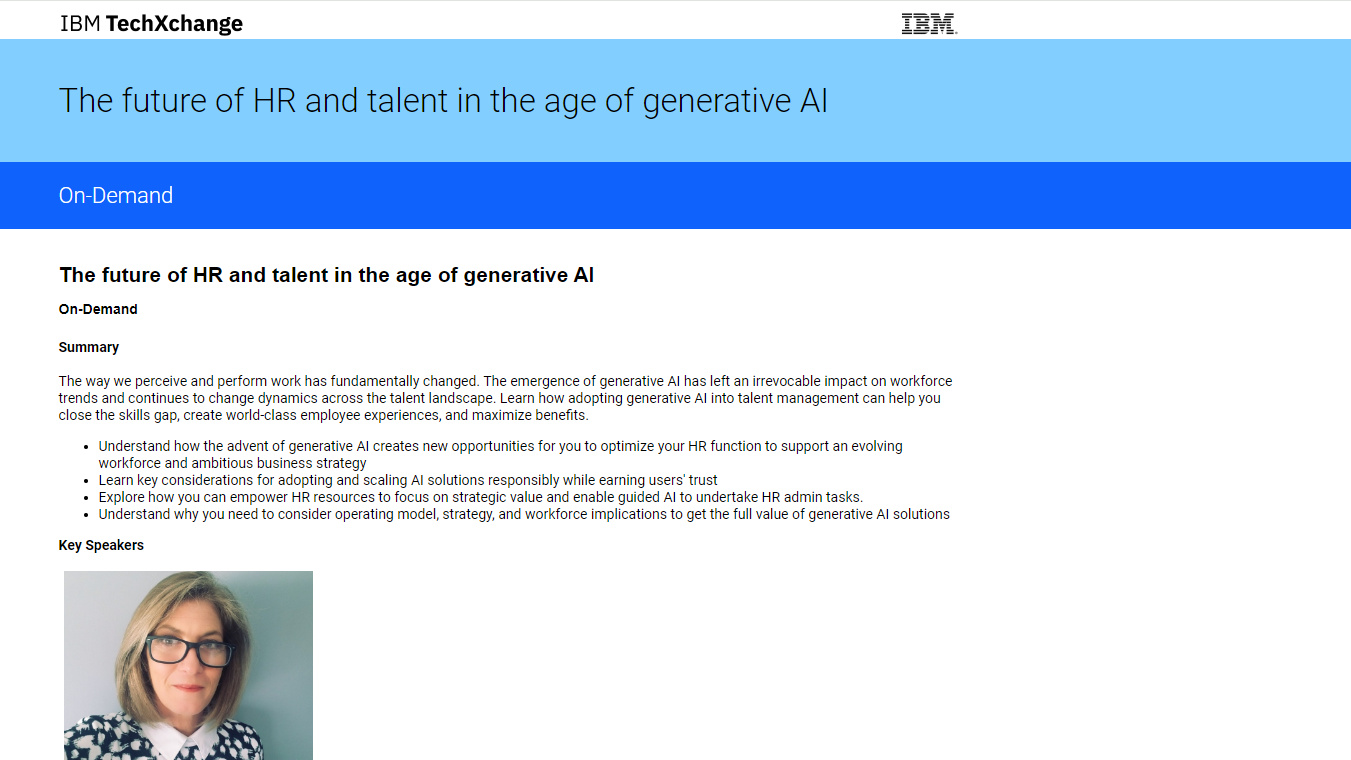Time management and the cloud: Everything you need to know
Want to keep track of those billable hours? The cloud has proved to be an important tool to do so

If there’s one area where cloud seems a natural fit, it’s in those areas of business life that are not based around fixed office hours and location.
The openness of the cloud means businesses can rely on software and services to make flexible working a key part in business strategies, whether they’re looking to track hours, ensure everyone is working most productively, collaboratively or need to assign tasks in order to keep on top of projects.
In fact, many industry commentators are predicting the next few years will see massive growth in time management and HR-led cloud technologies, with HCM and analytics, to not only make the process easier for employees to manage their own time, but for HR and managers to keep tabs on how much time is being spent on each project or task.
However, these changes in business practice and often, leader mindset, do need some form of control and, most importantly of all; companies do need to ensure that all services are charged for: is cloud playing its part?
Latest News
18/03/2016: Oracle's total cloud revenues grew by 40 per cent in its latest financial quarter, to reach $735 million.
Co-CEO Safra Catz said the company's cloud products are now in a "hyper-growth phase", with particular success seen in Oracle's HCM products.
Get the ITPro daily newsletter
Sign up today and you will receive a free copy of our Future Focus 2025 report - the leading guidance on AI, cybersecurity and other IT challenges as per 700+ senior executives
Of 942 new SaaS customers Oracle booked in the three months to the end of February, co-CEO Mark Hurd said several had switched from Workday HCM to Oracle Fusion HCM.
Meanwhile, 250 new customers went live on Fusion HCM and Fusion ERP. Of 11,000 SaaS customers, 2,000 use the Fusion ERP product, Hurd added.
22/02/2016: Adobe is streamlining the process of building and managing visually appealing apps for mobile platforms with a new service for Adobe Marketing Cloud.
Adobe Experience Manager Mobile (AEMM) aims to enable businesses to build “beautiful, engaging” applications for B2B or consumer use, it announced at MWC 2016.
This new service combines the company’s existing mobile creation tools: Adobe Digital Publishing Suite, aimed at designers, and Adobe Experience Manager, aimed at developers.
Mitch Green, director of product management for AEMM, said Adobe’s big idea is to “manage [mobile] content lifecycles without having to always engage the developer to make updates”.
Other features of this time-saving mobile publishing suite include location-based personalisation, the capability to integrate deep linking and back-end improvements to the push notifications system.
11/02/2016: Sage and Apple have partnered to offer some of Sage’s products exclusively on Apple iPhones and iPads.
Sage Live will only be available on iOS devices through the App Store and is the first of a new series of apps and services the two firms will collaborate on for small businesses.
Sage claimed that Sage Live would “deliver significant advances” in real-time business management and improve efficiency and effectiveness across the entire supply chain for small and medium business customers.
28/10/2015: SAP has revealed that HR is a key focus for its cloud business alongside other business tools including CRM. Its cloud sales grew 102 per cent year-on-year, showing strong growth in the sector and that’s down to demand from HCM and CRM cloud tools.
Darren Roos, SAP’s general manager for Northern Europe commented: They’re looking at their business and saying ‘if we’re going to retain our staff, continue to be able to offer best of breed compensation, then we need something that is agile, that has a great UI, that our staff are going to be able to access on their mobile devices’.”
Thomas Cook has migrated its workforce management systems to the cloud to provide a better customer experience. The move to the cloud means Thomas Cook can better forecast and schedule agents across all of its contact centres.
What difference has cloud made to the time management market
Jose Gaona, vice president of product strategy and marketing at cloud-based time-tracking company Replicon says the technology has made a huge difference to the way that employees manage their time. “Compared to on-premise for time management – such as using paper or Excel spreadsheets – people now have a simple way to enter time from anywhere, anytime and any device.”
There are also the usual advantages of moving to the cloud, he adds; a reduction in the cost of upgrades and support, as well as server replacement, however, these apply to all cloud applications.
But there’s another dimension to time management. The introduction of cloud-delivered services means more than improvements to business practice; cloud can mean that the way that people do business can fundamentally change as they’re no longer forced to keep to regular business hours.
Accounting software company Sage is one firm that has seen a reappraisal by its customers in the way it does business. “A lot of our cloud customers, in particular, operate 24/7, even servicing and supplying global customers in multiple time-zones. They need access to their information on the move, to be able to make key decisions in real-time, often via mobile devices, says Sage 200 online product manager Geoff Watson
There’s also a time dimension, said Gaona, the cloud can enable decision making to be speeded up. “Supervisors can easily approve all time, project and related costs so that payroll processing is more seamless, and business leaders gain a full picture of how productive, profitable and wage/hour compliant the organisation is in real-time,” he says.
Is it better to have a time management product that’s integrated within a suite of business application or standalone offering?
Organisations will already have an existing suite of business products; will time management tools fit easily with those legacy systems?
“Many cloud businesses have to move at a rapid pace, and solutions that don’t ‘talk’ are simply a non-starter. Cloud solutions are very good at offering flexibility and integration that can be specified exactly how customers need it. This rapid pace of business is now a business constant, so the need for integration will only continue to rise,” says Watson.
Integrating with such products is rarely an issue, says Phil Jones, director of Timewatch, another cloud-based time management company. “The solution that we have does do all things like billing automatically; we hold all the costing and charging details. We can also offer communication to accountancy engines with APIs, so we can have systems talking to each other.
Replicon’s Gaona agrees that this level of integration offers a way forward. “Our time asset management platform integrates seamlessly with any ecosystem, and we do it via APIs or via your standard import and export utilities,” he says. “We consider ourselves as the nucleus for capturing time, feeding this data into an existing project, payroll, ERP and HR systems.”
How important is mobile to time management software?
This workforce flexibility is being driven by the availability of improved mobile offerings: businesses are no longer tied to the office because they have the capability to work elsewhere.
Sage’s Watson acknowledges the importance of mobility. “Our recent launch of Sage Live in the US looks to harness the power of mobile by giving real-time information so you can make decisions based on what’s in the headlights, not the rear-view mirror. Business can’t settle for an ‘almost’ solution – they need their business to move at pace with mobile solutions that work securely and reliably,“ he says.
Is there a difference between the way the product is being used by small businesses and enterprises? Do you see any differences between North America and Europe?
There’s little difference in the way that time management products are used within small businesses or large corporates – although, says Gaona, it’s important to have the right tools at the back-end to address complex union and pay rules and time off accrual policies.
However, he says there are differences between North America and the more regulated European market, issues that cloud providers across Europe have already had to address. “For example, in Germany there are certain hours that can be worked before overtime pay must be paid to employees, while in the US and the UK there has been a lot of debate about existing labour laws and whether companies with a significant “on demand” workforce like Uber should classify its drivers as employees rather than contractors.”
What will the future bring? How will the product change over the coming years?
We can expect to see some major changes in the coming years as wearables and the Internet of Things reshape the way we live and work, says Gaona.
“In the last decade, time tracking and time management systems have evolved, eradicating tedious and manual processes. With the convergence of more advanced technologies, we see our time asset management platform not only continue to become more automated but also incorporate evolving global labour regulations to support businesses productivity. Whether it’s looking at the next wave of wearables, location-based analytics or automation technologies, we see the process of capturing, managing and optimising time being a simple process for both employees and enterprises.
For Sage’s Watson, changes will be driven by further software integration. “The ability to be able to fully integrate your software universe is fast becoming an expectation of businesses of all shapes and sizes: linking to social media and Office 365, as examples, will become the norm,” he says.
This goes hand-in-hand with a new openness, he adds. “Customers are also already developing an expectation that their solutions, no matter who the provider is, can share information in a seamless way. Vendors who can’t meet this expectation are sure to lose in the cloud race.”
ITPro is a global business technology website providing the latest news, analysis, and business insight for IT decision-makers. Whether it's cyber security, cloud computing, IT infrastructure, or business strategy, we aim to equip leaders with the data they need to make informed IT investments.
For regular updates delivered to your inbox and social feeds, be sure to sign up to our daily newsletter and follow on us LinkedIn and Twitter.
-
 Why keeping track of AI assistants can be a tricky business
Why keeping track of AI assistants can be a tricky businessColumn Making the most of AI assistants means understanding what they can do – and what the workforce wants from them
By Stephen Pritchard
-
 Nvidia braces for a $5.5 billion hit as tariffs reach the semiconductor industry
Nvidia braces for a $5.5 billion hit as tariffs reach the semiconductor industryNews The chipmaker says its H20 chips need a special license as its share price plummets
By Bobby Hellard
-
 Put AI to work for talent management
Put AI to work for talent managementWhitepaper Change the way we define jobs and the skills required to support business and employee needs
By ITPro
-
 The future of HR and talent in the age of generative AI
The future of HR and talent in the age of generative AIWebinar Transform your people management, support your workforce, and optimize your HR strategy
By ITPro
-
 Digital experience has to be at the heart of employers’ recruitment drives
Digital experience has to be at the heart of employers’ recruitment drivesSponsored As the Great Resignation rolls on, businesses need to live up to candidates expectations or risk losing out on top talent
By James Harvey
-
 Little is being done to address the tech industry's racial hiring bias, report
Little is being done to address the tech industry's racial hiring bias, reportNews Non-white individuals are far less likely to be offered an interview compared to other applicant groups, research shows
By Ross Kelly
-
 Can the CBI survive its misconduct scandal?
Can the CBI survive its misconduct scandal?News The industry trade body has been embroiled in one of the largest scandals in British business history in recent weeks
By Ross Kelly
-
 How to choose an HR system
How to choose an HR systemWhitepaper What IT leaders need to know
By ITPro
-
 Amazon staff reportedly launch campaign to reverse 'shock' worldwide return to office plans
Amazon staff reportedly launch campaign to reverse 'shock' worldwide return to office plansNews An internal petition calls for CEO Andy Jassy to roll back planned requirements for corporate staff to return on a three-day basis
By Rory Bathgate
-
 The tech industry needs to unionise now more than ever
The tech industry needs to unionise now more than everOpinion Companies hoping to boost productivity should embrace unionisation so employees aren’t constantly anxious over job security or childcare arrangements
By Rory Bathgate
